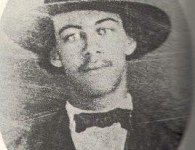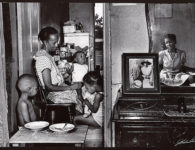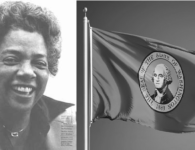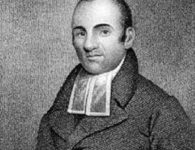Author: Victor Trammell
Photo credits: Toyota/GTM Media/T.R.U.T.H. Apparel
Associate Producer: Roger M. Suggs
When it comes to stories about segregation, the fall of Black Wall Street, or the decimation of black communities in general, the states in the southern region of the U.S. are commonly thought of first.
However, in the so-called Great Plains, the bi-state Greater Kansas City Metro Area (also known as the Mo-Kan) stories about how the socioeconomic neutralization of a relevant portion of 20th century Black America came about remain untold.
These untold stories are even more stifled just west of Kansas City, Missouri’s historic 18th & Vine District; right across the Missouri River in Wyandotte County, Kansas.
Kansas City, Kansas (the county seat of Wyandotte) is the birthplace of a golden era in the midwest heartland, which was chronicled in a book called “The Sumner Story.” The legendary first volume of this piece of literary treasure was published in 2010. It revealed a timeline of black greatness in northeast Kansas, which spanned over three-quarters of the 20th century.
However, in the year 2020, a Kansas City, Kansas-based hip-hop pioneer, community activist, and filmmaker named Roger “Vigalantee” Suggs has partnered with some major entities for the purpose of telling the T.R.U.T.H (The Reason U Try Harder).
In association with Toyota Motors North America and GTM Media, Suggs’s T.R.U.T.H apparel line has created a so-called “Mini-Mentary” series. One of the short documentary films in this 10-part series (and counting) is called “The Blueprint: The James Holt Story.” Holt (pictured left) is the proprietor and operator of one of the first black-owned barbershops in Kansas City, Kansas.
Holt’s Barbershop is still in business to this day at 1608 Minnesota Avenue in Kansas City, Kansas, which is not far from the severely gentrified downtown area. However, in reality, as “The Blueprint” film depicts it, Holt’s Barbershop’s status as “home” to so many black Kansas Citians is what has saved the business from closing its doors after the economic hurricanes caused by generations of non-black gentrifyers.
“I didn’t have to move for those people to come here. They came to me,” Holt told Suggs, the film’s co-producer and director.
“This area was segregated. But everybody needs to know what home is like…We all need that connection to where we come from. You know what I’m saying?” Holt continued.
Suggs’s “The Blueprint” also touches on how desegregation ironically ushered in a state of economic decay in the core of Wyandotte County’s black community. This began in about 1975; around the time when Holt (an east Wyandotte County native) remembered being bused far out west to go to high school.
Then in the early 1980s, the first migrants from Watts, California began trickling in, which is also, unfortunately, when gangbanging started popping up in Kansas City, Kansas. Holt and other commentary providers (including his close friend Terrance “T.C.” Cowans) go into detail about how Wyandotte’s once prominent black business community started spiraling downward.
“An all-black community full of black-owned businesses…these kids growing up nowadays don’t know nothing about that. It will never happen again,” Holt said.
All in all, “The Blueprint” provides the watcher with a healthy education about a black business pioneer, his personal story of struggle and triumph, and how he has navigated the troubled waters of his racially gentrified homeland for over 30 years. The film also displays the distinct historical wavelength of this region’s culture; for the better and for the worst.
To rent an economically-priced webcast version of “The Blueprint: The James Holt Story,” visit here.





















1 Comment
[…] writer/historian Victor Trammell edited and contributed to this […]